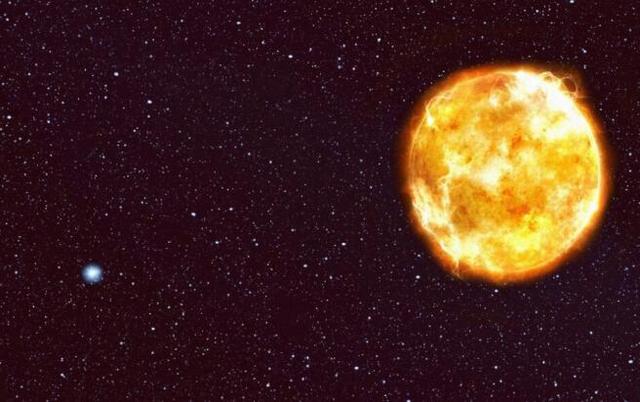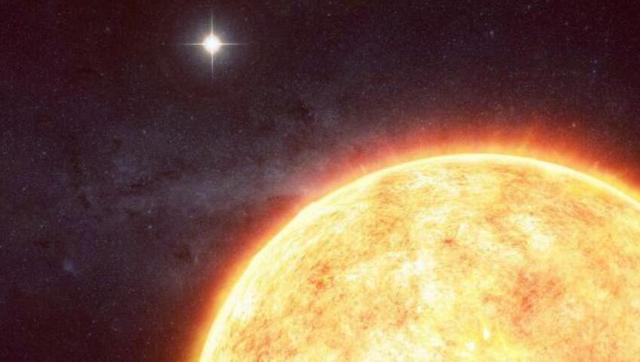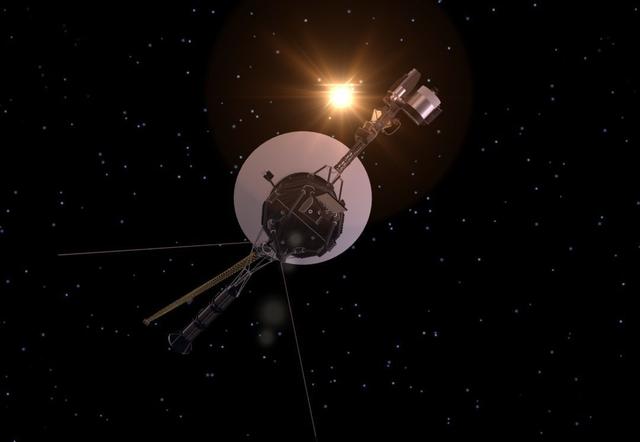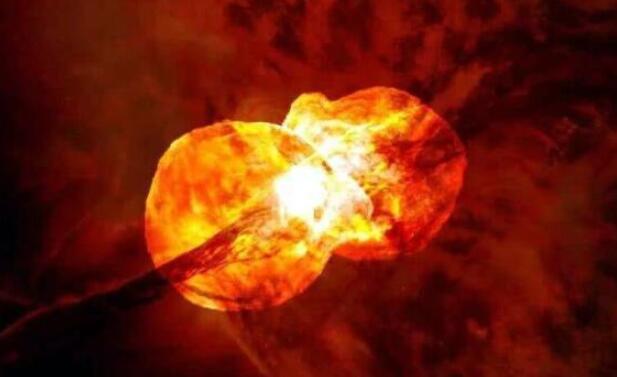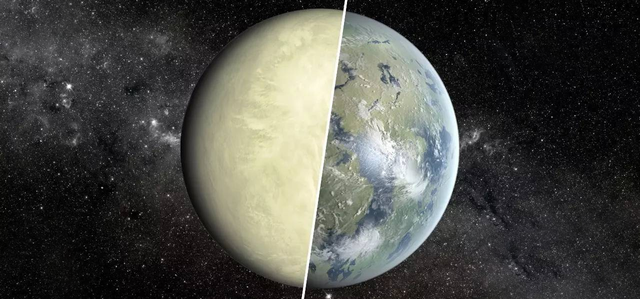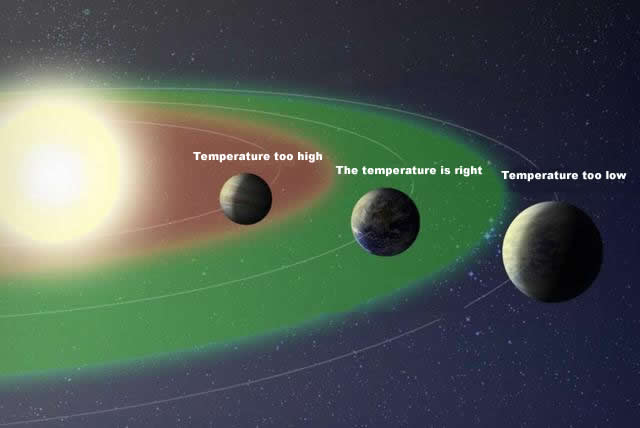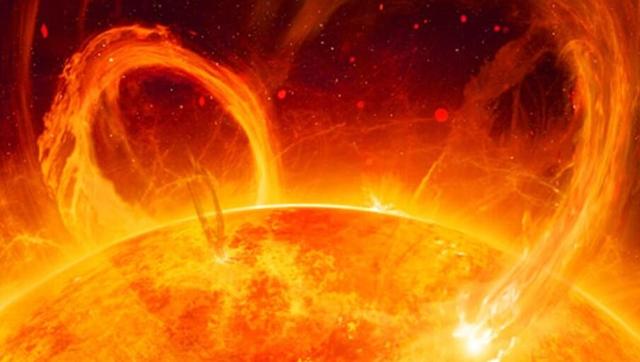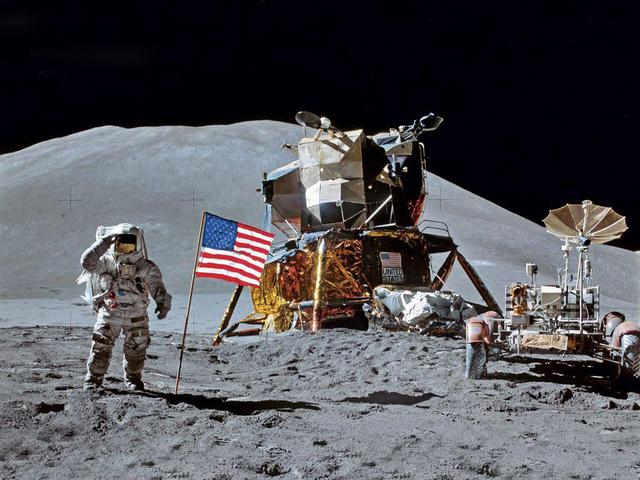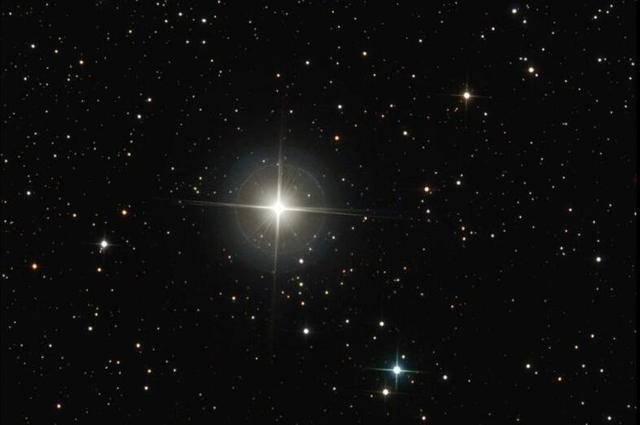Although we humans have been around on earth for millions of years, our understanding of the universe has really only just begun. Just a few hundred years ago, people were under the mistaken impression that the earth was the centre of the universe and that all the sun, moon and stars were revolving around it.

What does the solar system look like in its orbital state?
The earth is like a giant spaceship carrying us in orbit around the sun at about 107,000 km/h. The sun is not as motionless as one might think, in fact, it is also orbiting the centre of the galaxy and it is orbiting faster than the earth, moving 792,000 km/h in cosmic space.

This means that while the earth is orbiting the sun, the sun is also carrying the many bodies of the solar system at high speeds. Since the sun's orbit is not in the same plane as the earth's, and there is an angle of about 60 degrees between them (as shown in the diagram above), the solar system orbits in cosmic space roughly as shown in the diagram below.

This is a situation that makes people sweat for the earth. If we cannot keep up with the speed of the sun, we will be in trouble. But such fears are superfluous, because the sun's gravitational pull is like an impenetrable rope that binds the earth, and the earth could not run away even if it wanted to.
What is 792,000 kilometres per hour? Let's put it this way: With the technology we have now, we could never reach such a speed, whereas if we could travel at that speed, we could fly to the moon in just 29 minutes, and even the distant planet mars could be reached in 3 days (based on the closest distance between mars and earth).
How long does it take for the sun to make a full revolution around the centre of the milky way?
Obviously, it is unrealistic to try to find the answer to this question by actual measurements, but never mind, we can make an estimate based on what is known. Observations show that the sun is about 26,000 light-years away from the centre of the milky way, and assuming that the sun's orbit is a standard circle, we can calculate its total length as 163,280,000 light-years using the circumference formula "L=2πr".
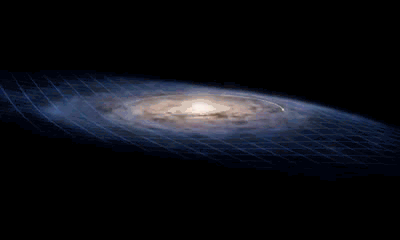
1 light year is 9460730472580 km, which, when simply converted and divided by the speed of the sun at 792,000 km/h, gives us that it takes the sun about 195043948 hours to make one revolution around the centre of the milky way, which is about 222.5 million years (note: The "Year" Here is a "Julian year", by definition, is equivalent to 365.25 earth days).
Astronomers refer to one revolution of the sun around the centre of the milky way as a 'galactic year', and we know that the sun was born some 4.6 billion years ago, which means that it is currently in its 21st 'galactic year'. The question arises, if the earth has four seasons in an earth year, does the earth also experience some kind of cycle in a galactic year?
How does the rotation of the sun affect the earth?

The nearest star in our galaxy is 4.22 light-years away from the sun, let alone any other star. Even if the distance between these stars and the sun varies somewhat during the sun's revolution, in general they are still so far away from the earth that the energy they emit will not affect the climate on earth.
But in other ways it is not certain, and there is a suggestion that the sun's rotation may cause periodic extinction events on earth.
Researchers point out that there have been at least five major biological extinction events on earth in the past, and in between these events there are many medium and small extinction events, and most of them coincide with the impact of small celestial bodies and the eruption of volcanoes, with statistics suggesting that on average such an extinction event occurs around once every 30 million years.

In contrast, the sun, in its revolution around the centre of the milky way, does not always orbit the galactic plane (the disk-shaped plane formed by the main mass of the galaxy), but passes regularly 'above and below' it, crossing it once every 32 million years on average.
It is therefore reasonable to assume that as the sun crosses the gnd, the density of surrounding interstellar material becomes greater and the resulting gravitational disturbances may cause small bodies orbiting the outer sun to deviate from their normal orbits and subsequently move massively towards the inner solar system, thus significantly increasing the risk of earth being struck by small bodies.

Of course, this is only a hypothesis, and whether this is actually the case is subject to further study by scientists. It is worth noting that the sun only "Just" Crossed the silver disk once about 3 million years ago, which means that even if this hypothesis were true, we would have plenty of time to cope.

